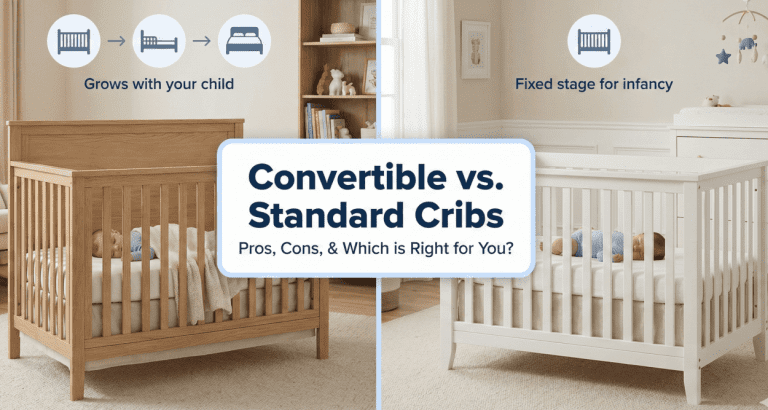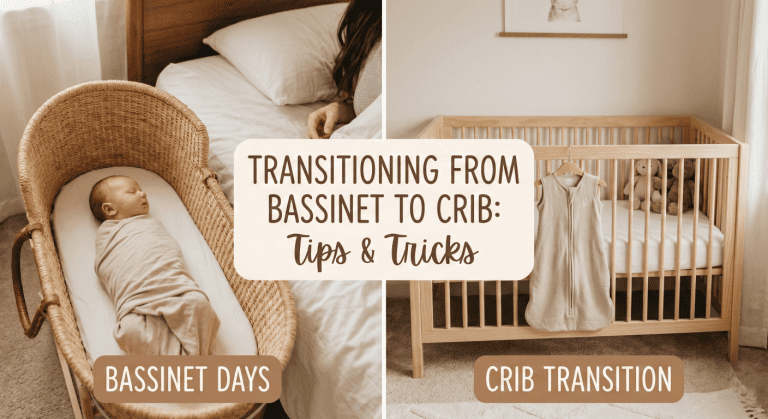Living Beautifully, One Day at a Time
Welcome to my little corner of the internet, where I share cozy ideas, everyday inspiration, and the simple things that make life feel a bit softer and more meaningful. Grab a cup of something warm and settle in.
Latest travel tips
Discover quick, practical insights to make every trip smoother, more fun, and a little more effortless. Whether you’re planning a weekend getaway or a long escape, these tips will help you travel smarter and enjoy the journey.
All travel tipsThe Lifestyle Starter Bundle
Get my free Lifestyle Starter Bundle and jump into a curated mix of easy routines, home tips, wellness ideas, and gentle inspiration.
Grab the guide now!What’s trending
 Crib
Crib
Convertible vs. Standard Cribs: Is the “4-in-1” Upgrade Worth the Extra Cost?
You’re standing in the baby store, looking at two cribs that look almost identical. One costs $200. The other costs $600 but promises to “grow with your child” from infancy through the teenage years. The salesperson is explaining how this convertible vs. standard cribs decision is really about “investing in your child’s future” and how…








